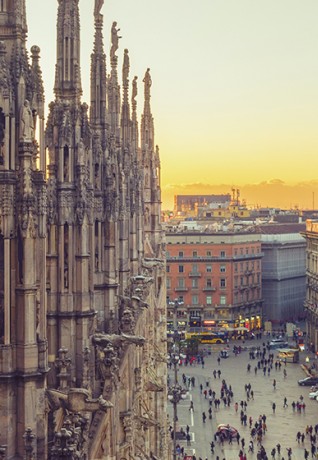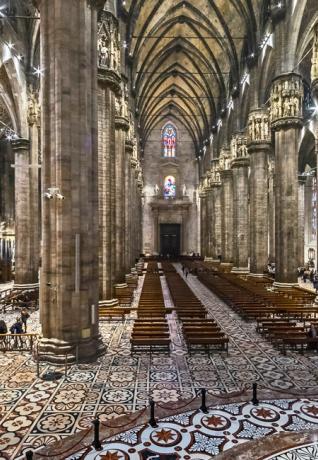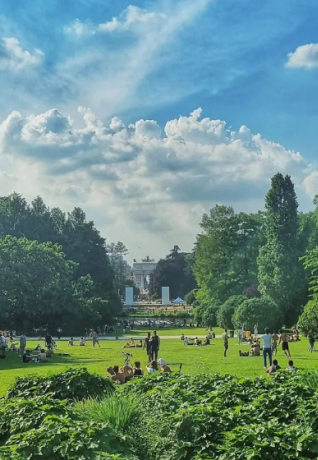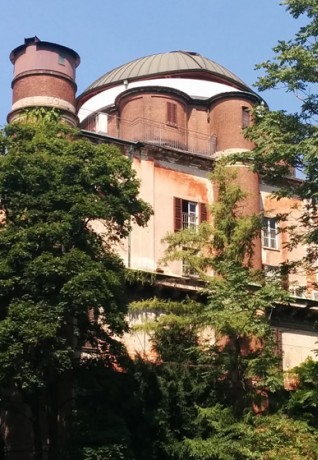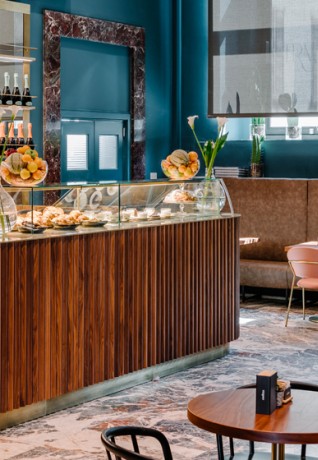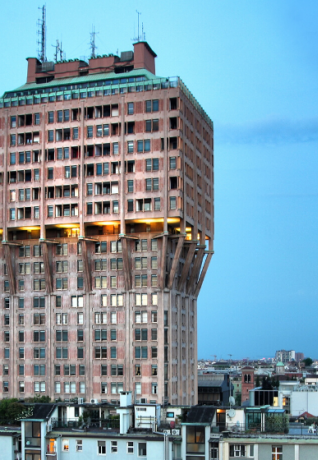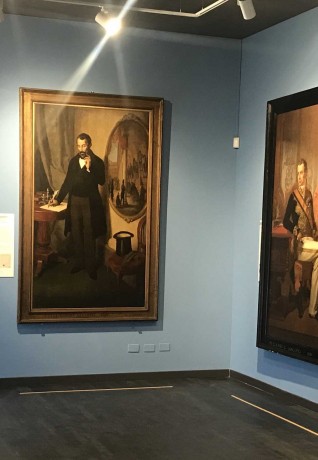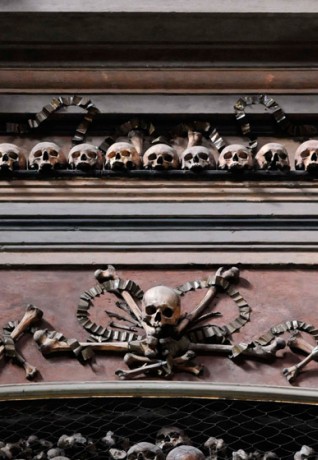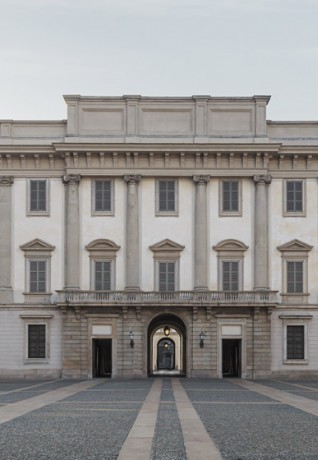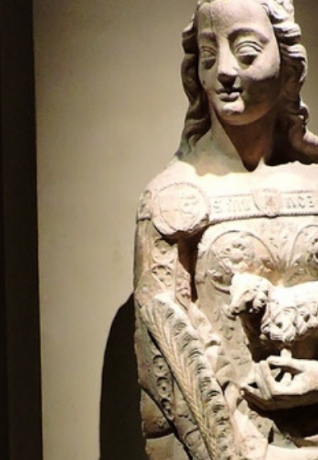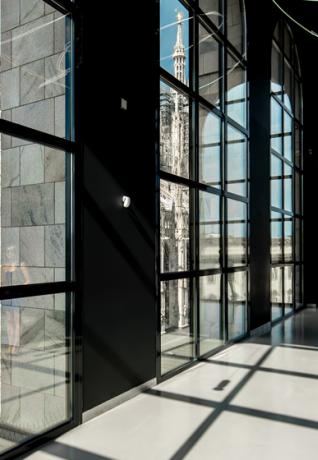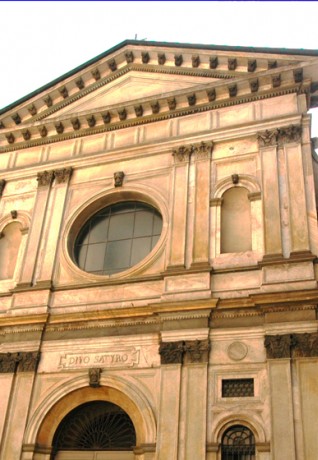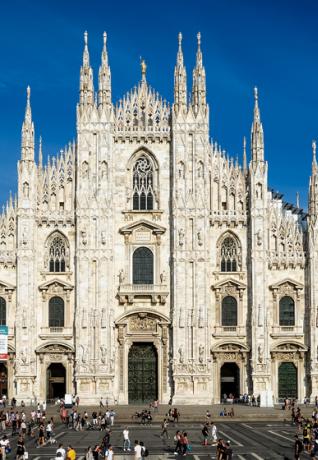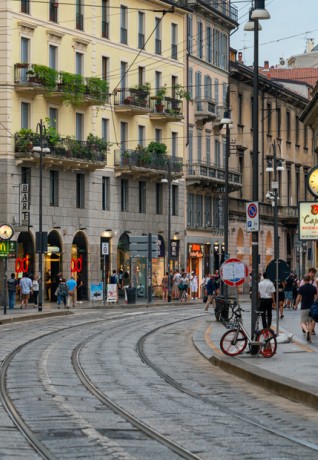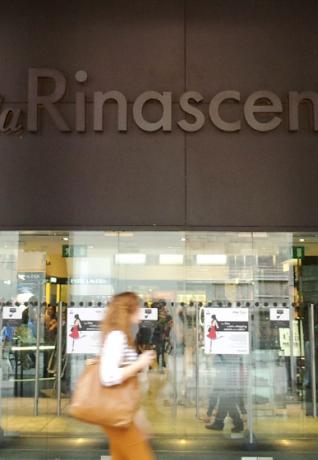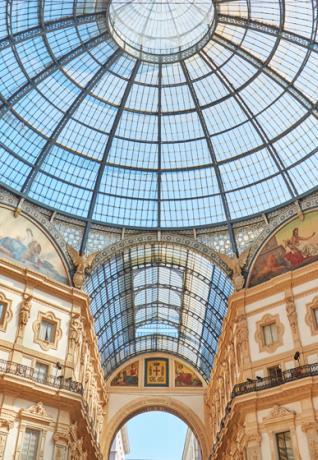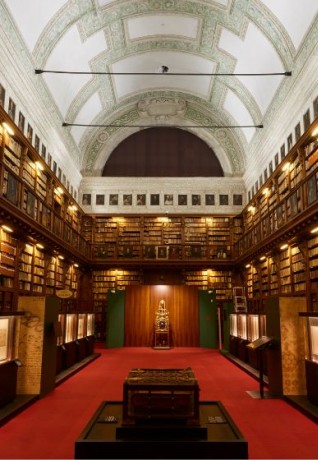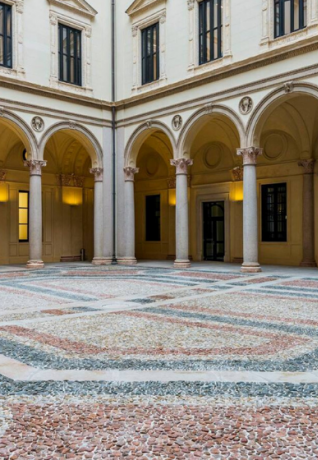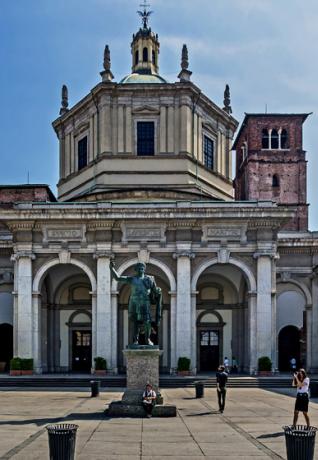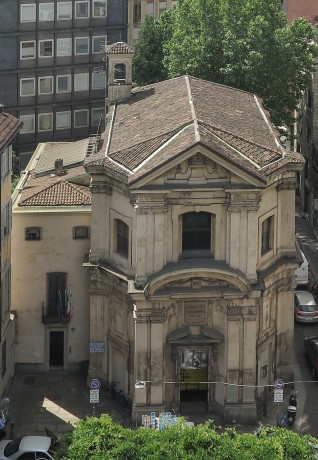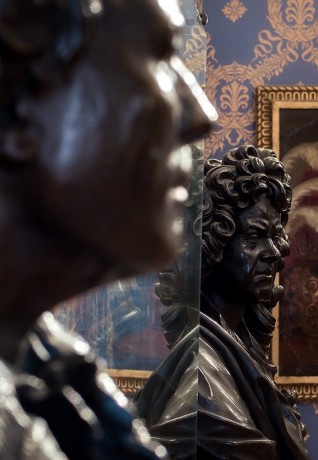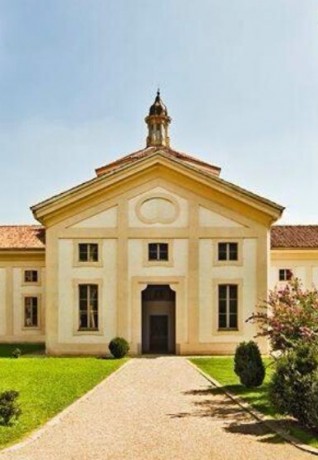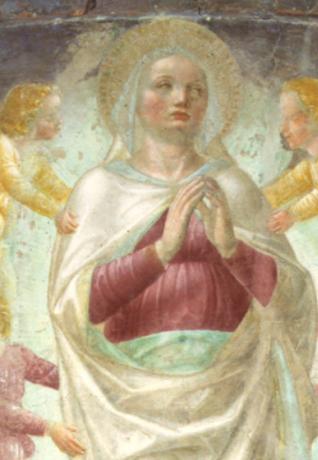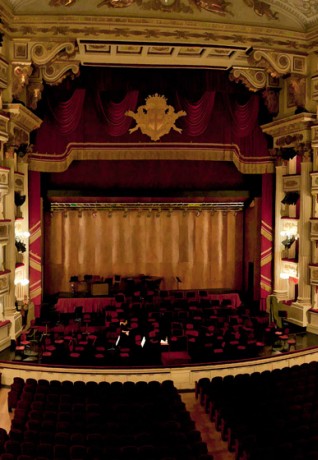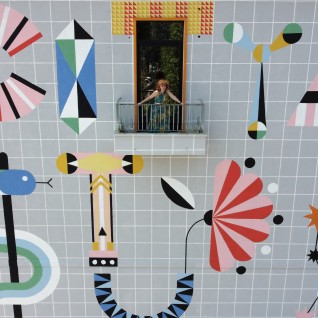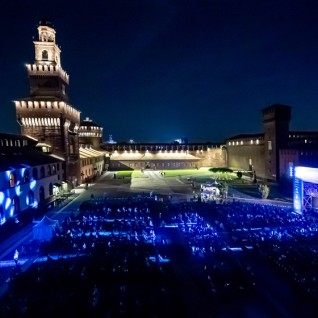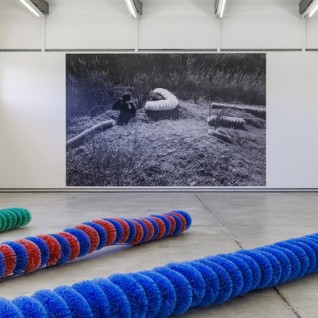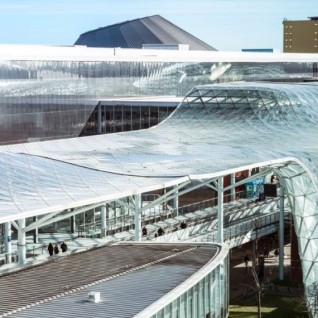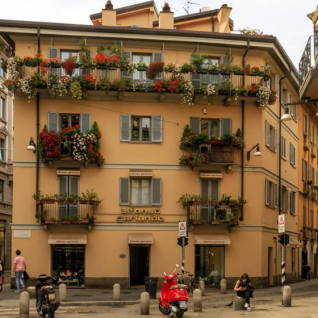Basilica di San Nazaro Maggiore
From the early Christian basilica to the Renaissance
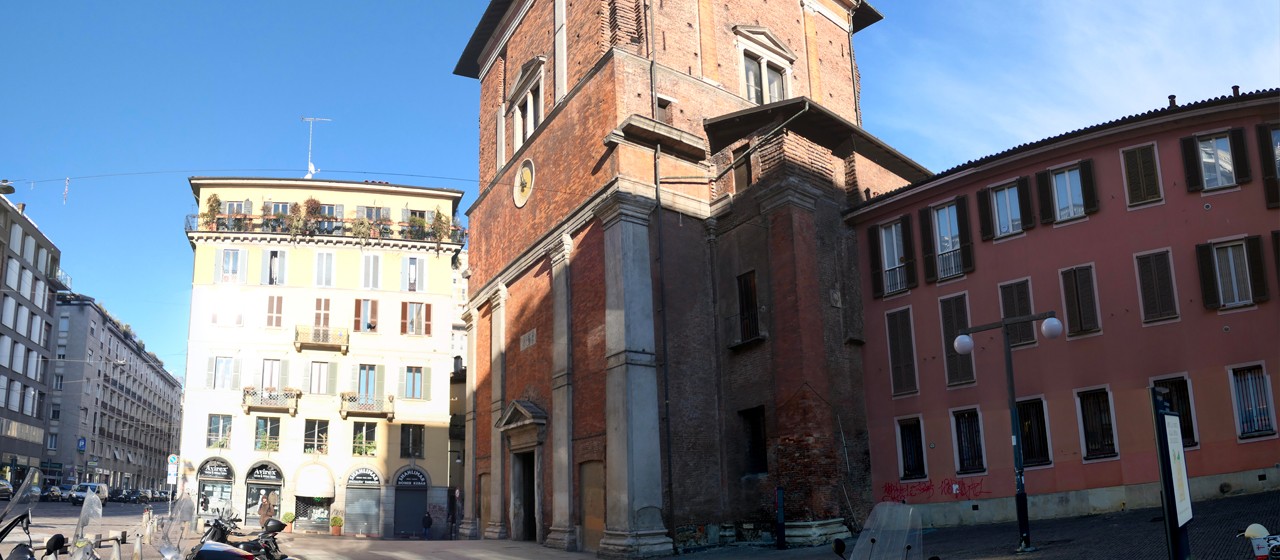
The Basilica of San Nazaro in Brolo (as it is also known) was founded by St. Ambrose between 382 and 386 AD along the road from Milano to Rome. It was initially dedicated to the Holy Apostles, as fragments of cloth that had come in contact with the bodies of the Saints buried in Rome are said to be preserved within. Due to its ancient origins, the Basilica represents a major example of paleo-Christian art in the city.
As the remains of the martyred St. Nazaro were found in 395, St. Ambrose modified the dedication of the existing church and preserved them within. According to legend St, Nazaro, persecuted by the emperor Nero, was beheaded together with his young disciple Celsus in Milano, in a location called Tre Muri” (Three Walls) in the Porta Romana district. Afraid of the Emperor's wrath, Christians immediately stole the bodies to bury them in a secret place that centuries later was supernaturally revealed to Ambrose.
The body of Celsus was left where it was discovered - where the church later dedicated to him is located (Corso Italia) and where the relics are kept - while the remains of Nazaro was brought to the basilica.
The church façade, however, is very different from what one might expect: it is not in the typical Romanesque style often seen in Milano. In 1512, construction began on the Trivulzio Chapel, the only documented architectural work by Bramantino in Milano. Created as a mausoleum for the family of Gian Giacomo Trivulzio - Marshal of the King of France, Louis XII - it leans against the Paleochristian façade like an access vestibule of sorts to the church.
INTERESTING FACT
- In the Trivulzio family chapel, Giangiacomo Trivulzio’s tomb lies between those of his two wives. An inscription in Latin on the memorial plaque is translated into Milanese: "Lè staa mai cont i man in man" (He never sat on his hands).
- Descending to the right of the presbytery, visitors enter the small archaeological area where Roman amphorae, bricks and tiles are conserved. Of special interest are tiles with paw prints: most probably material left to cure before firing, on which animals accidentally stepped on.

Opening times:
Mon - Fri: 7:30 - 12:00, 15:30 - 18:30
Sat - Sun: 8:00 - 12:30, 15:30 - 19:00

Ticket information:
Free admission

Public transport:
UNDERGROUND
Line yellow M3 stop Missori
TRAM
16, 23

Telephone
Accessibility
For more information on the accessibility of this place visit the dedicated page

 Log in
Log in



